Inside Fox’s elevated, tech-focused redesign of IndyCar coverage

Subscribe to NewscastStudio for the latest news, project case studies and product announcements in broadcast technology, creative design and engineering delivered to your inbox.
When Fox Sports secured broadcast rights for IndyCar beginning with the 2025 season, the network faced the challenge of distinguishing its coverage in a crowded motorsports landscape.
The series, which had previously aired on NBC Sports, would need a fresh visual identity that could appeal to both dedicated racing enthusiasts and casual viewers discovering the sport for the first time.
As the network prepared for its inaugural season of coverage, Fox Sports CEO Eric Shanks had a clear directive to the creative team – make it premium.
“We’re trying to take the approach as we do with every sport we take on for the first time… how do we do it versus how’s it always been done,” said Gary Hartley , EVP and creative director at Fox Sports.
This means differentiating the broadcast from Fox’s other motorsports properties, including NASCAR and NHRA, elevating the league with a premium design style that also integrates the unique data available in IndyCar.
“We leaned into the technology around the sport,” added Hartley.
That vision is now unfolding race by race as Fox Sports introduces viewers to its approach to IndyCar broadcasting, combining technology with sophisticated design elements that highlight the high-tech nature of the sport.
Since the season opener at St. Petersburg, viewers have begun to see the network’s new graphics package, timing and scoring pylon and data visualization tools — though executives say this represents just the beginning of what they’ve planned.
At the center of Fox’s design vision is Andrew Narayan, the network’s art director and motion graphics design editor, who took an immersive approach to building the visual language for IndyCar coverage. Rather than starting with concept boards, Narayan went directly to the source.
“The biggest inspiration was getting to go to Penske Garage and actually see the inner workings of a facility,” Narayan explained, describing his immersion in the sprawling 55,000-square-foot facility in North Carolina. “I was walking around collecting a bag full of inspiration from textures to lighting.”
During that visit, Narayan spotted a decommissioned IndyCar with its carbon fiber construction exposed. “They had this sort of decommissioned car that was there but it had no skin on it, it just had carbon fiber,” he recalled. “And as soon as [we] saw that it was like, ‘What’s that thing right over there?’ Like, ‘That’s the Fox car.'”
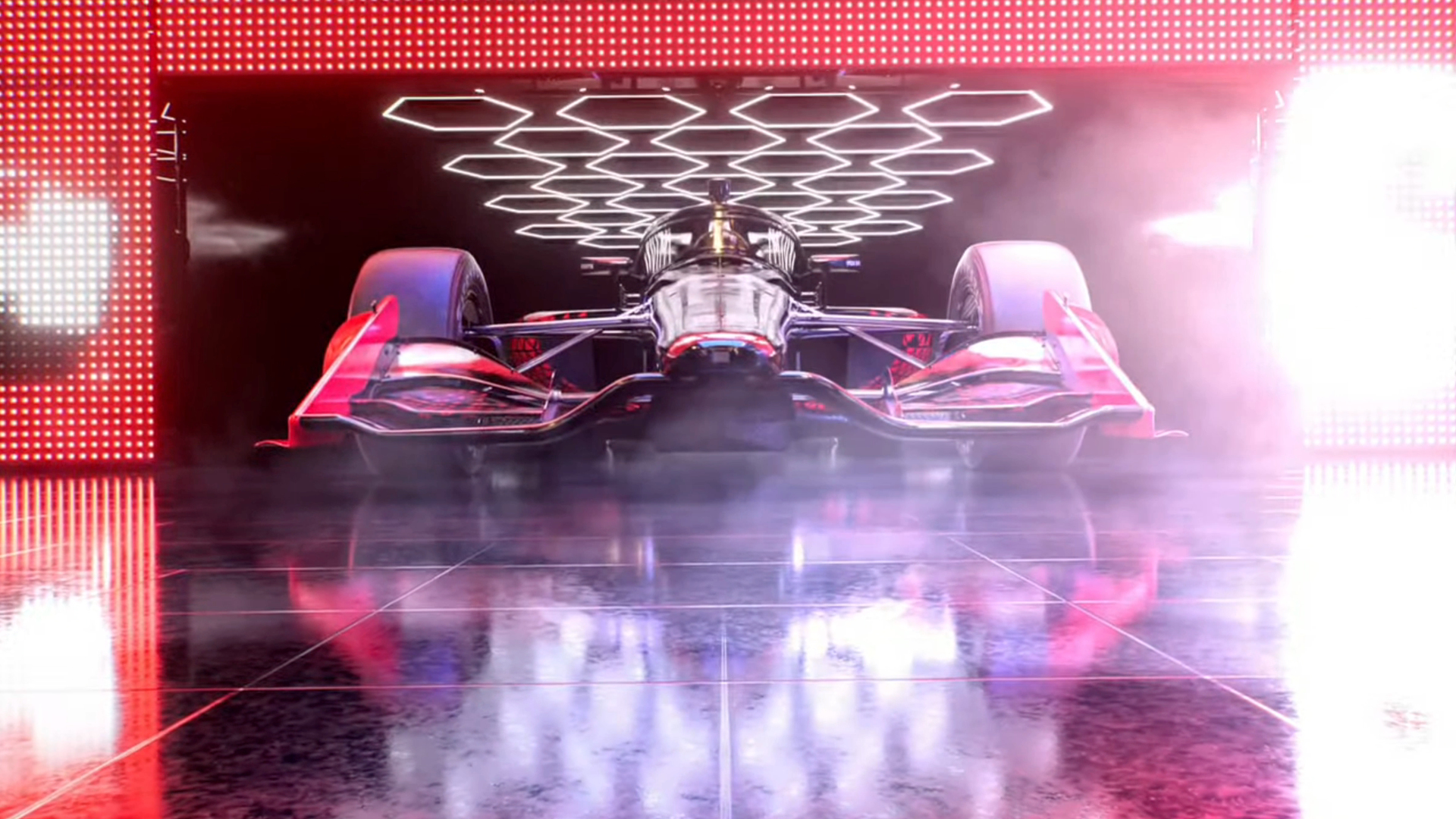
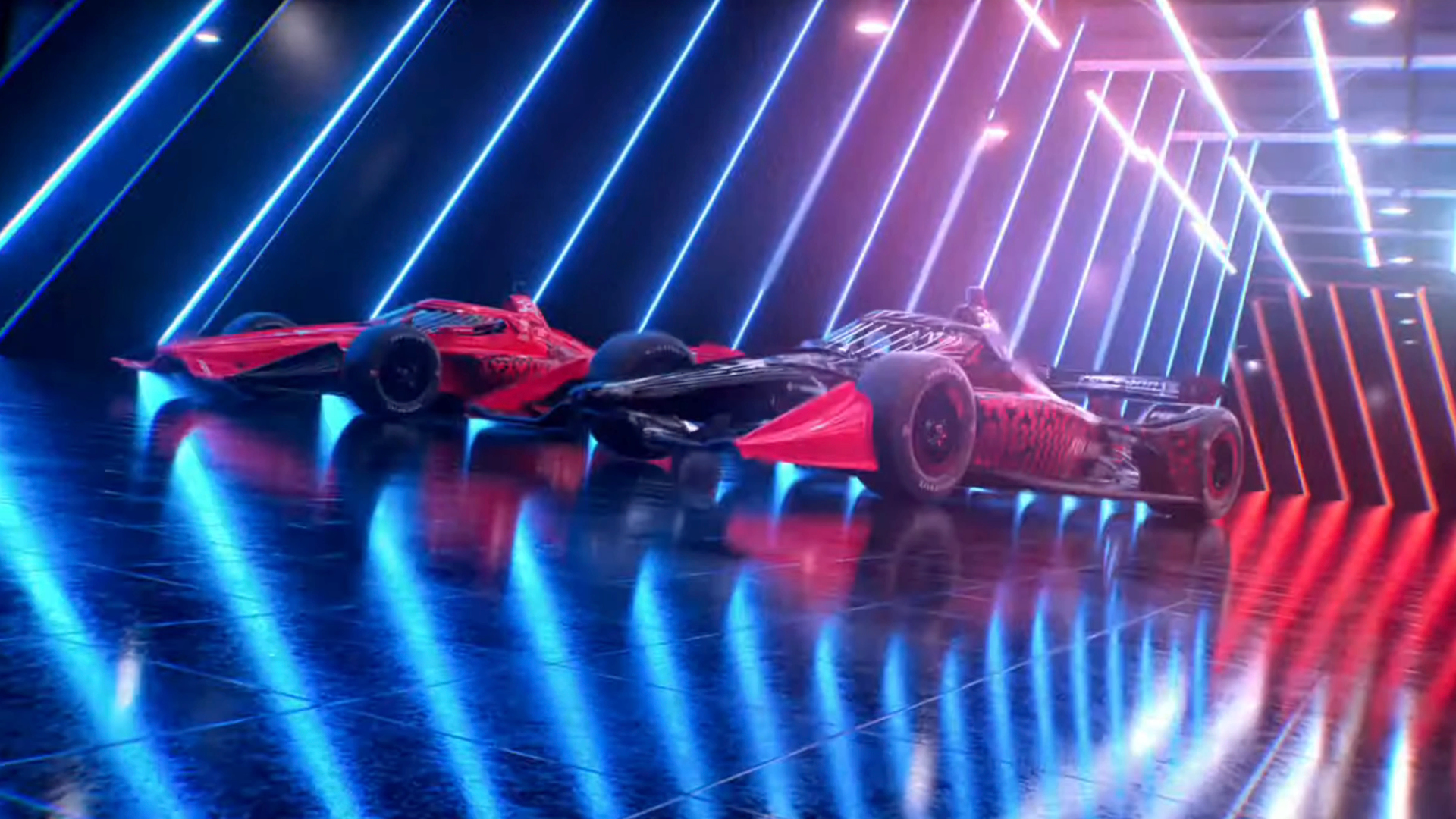
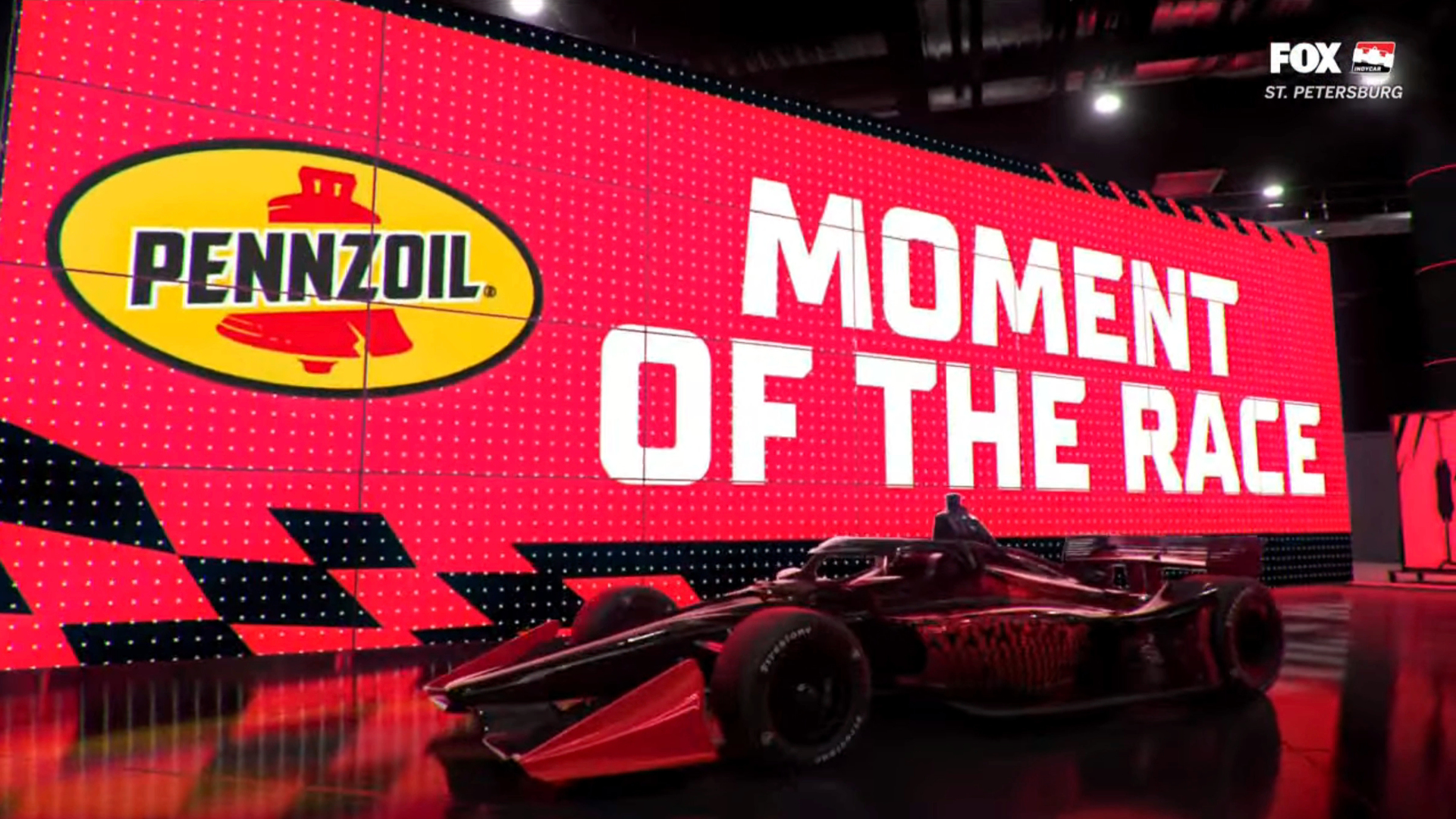
That raw, technical aesthetic became foundational to the package’s visual identity.
Narayan’s vision extended beyond simply documenting the racing environment. He imagined transforming the garage into a premium broadcast space: “If you could take the audience and invite them to this kind of experience… if Fox came in and dressed it up… entire world into this facility.”
This vision became the 3D space for the primary open and bumpers used during the broadcast, with Dallara cars branded in Fox liveries racing around a custom warehouse with dramatic red and blue lighting.
The package is a visual identity that feels authentically motorsport while elevating the viewing experience. Think carbon fiber textures, precision machinery and the clinical elegance of a high-performance racing facility — but filtered through Fox’s broadcast lens.

The new package features Mötley Crüe’s “Kickstart My Heart” as the broadcast theme music, a selection that happened somewhat serendipitously. Narayan had inserted the track as a placeholder based on his personal connection to automotive culture.
“I just went back to my earlier childhood ’cause I’m a big car guy,” he said. “What is the playlist that I had when I drove my car? Mötley Crüe was definitely one of them.”
The temporary choice made a lasting impression during a presentation to leadership, with them ultimately sticking with the track for coverage.
While the visual elements establish the premium feel, Fox Sports’ IndyCar coverage distinguishes itself through its sophisticated integration of racing data layered ontop of the broadcast.
“We definitely wanted to lean into how technologically advanced these cars are,” said Zac Fields, SVP of graphic tech and innovation. “How can we convey that information a little differently or a little better, a little more advanced?”
Fox Sports, IndyCar and IMS Productions have made significant investments to enhance viewer experience, including systems that track cars around the course with precision.
“There’s a huge investment on Fox and Indy to even add more technology into this racing series, which is going to benefit everyone,” Fields said. This technology will enable advanced features like pointer systems and 3D comparisons between cars. This system, branded as Ghost Car, visualizes different racing lines to show where drivers gain or lose time, such as during qualifying using augmented reality.
Making this possible is Sports Media Technology’s GPS Vectors, which provide positional data for every car on the track, enabling the new broadcast upgrades, including the Ghost Car overlay and heads-up display (HUD). SMT is providing the series with a suite of tools across timing and scoring, with the company working with IndyCar since 1995.

However, the network is taking a measured approach to implementing these features, releasing them incrementally as the season progresses toward its crown jewel event.
Rather than overwhelming viewers with raw information, Fox Sports is taking an editorial approach to data integration.
“The producer can set up storylines based on what’s happening on the track,” Hartley explained. “Rather than just kind of blanketing every driver with that information, you kind of pull out one or two or three drivers that are relevant to what’s going on in that instant.”
This approach reflects broader trends in sports, where audiences increasingly expect sophisticated data presentation.
“It’s an interesting challenge nowadays for designers because there’s very much a thirst for data,” Fields noted. “People are used to, they have that available to them, whether it’s an app or website. People are very interested in that. So from a design perspective, the designer has to figure out how to convey that information in a clean way.”
Translating this design philosophy into a cohesive broadcast package required a robust development pipeline. To maintain creative control and ensure the premium quality, Fox Sports kept much of the development process in-house.
“The entire design and animation pipeline was all in-house, utilizing artists in Charlotte and Los Angeles under Andrew’s stewardship. And I think that we take a lot of pride in that,” Hartley said.
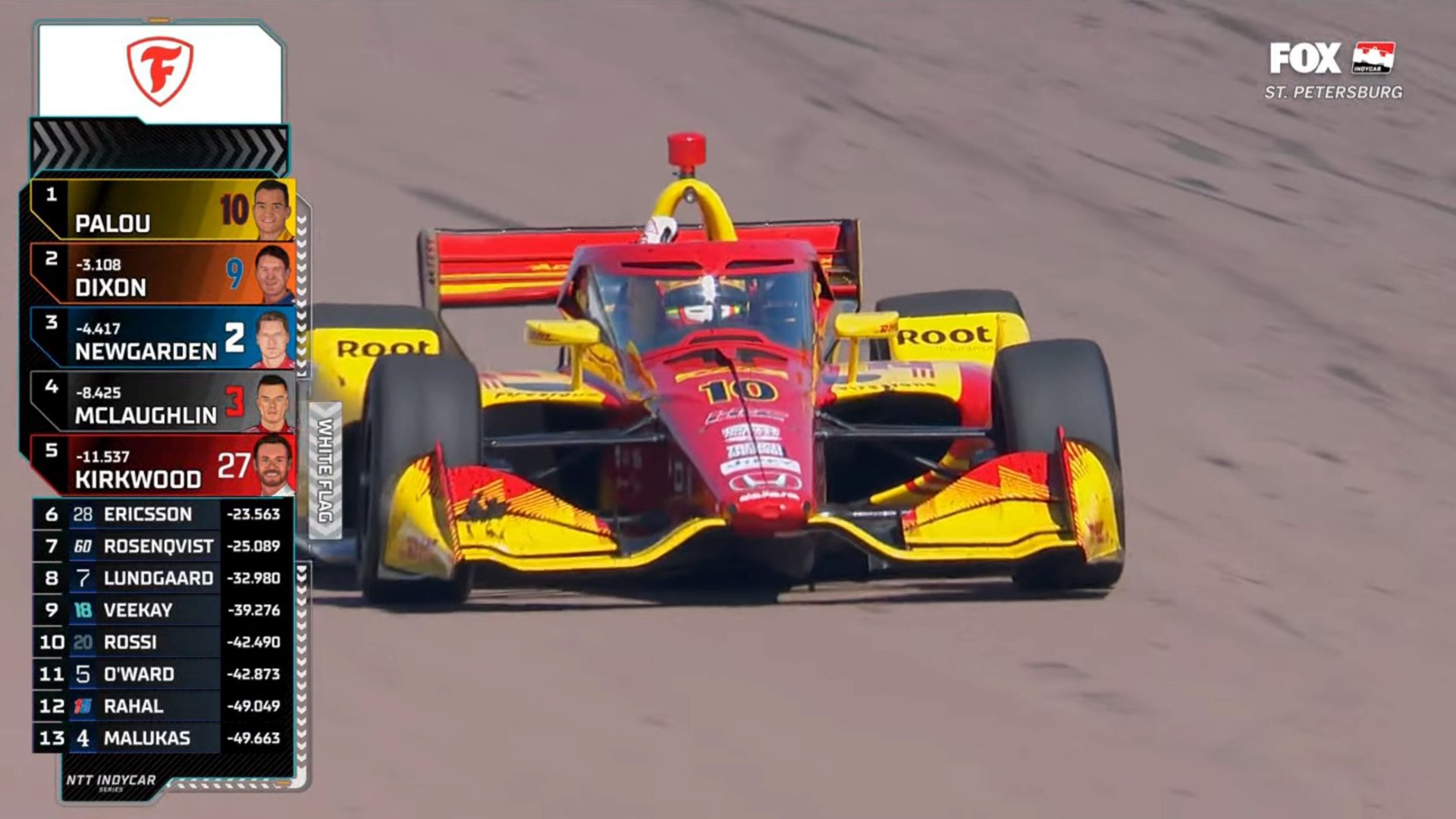
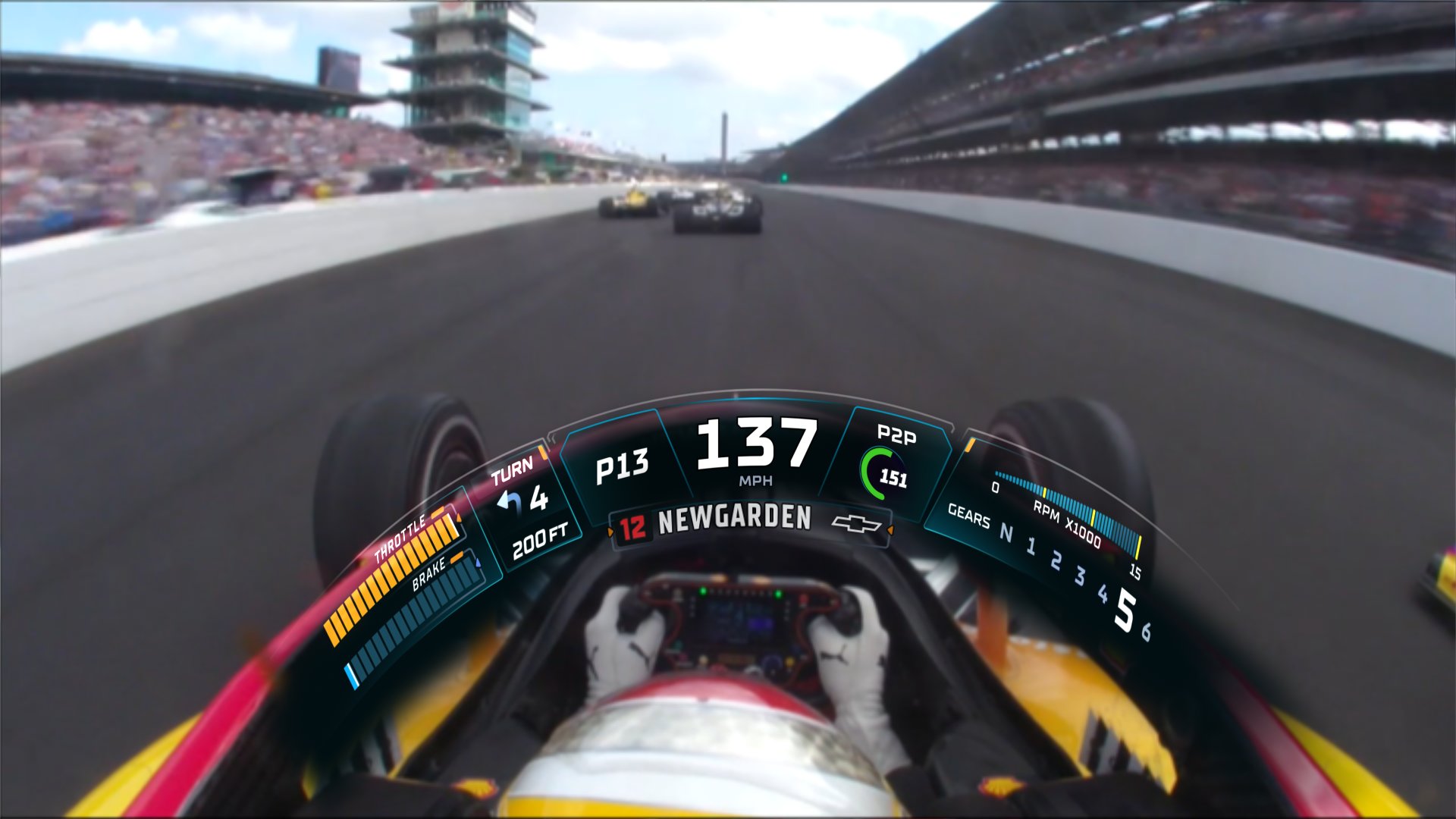
The implementation involved a blend of internal expertise and specialized partners. For elements like the timing pylon and lower thirds, Fox partnered with Blackbox Infinite, while the 3D rendering and modeling for the package was handled internally with Cinema 4D, Octane and Substance Painter.
The pylon is powered by a Fox’s Ventuz system, which handles the FoxBox or scorebug across the network’s various sports properties. During side-by-side commercials, the pylon becomes a strip with master control in Arizona, providing real-time data.
As the season progresses, viewers can expect continued evolution of the broadcast package, with designers adapting it to the specific requirements of each track, including changes to car components like spoilers and splitters.
For the second race of the season, the package is already seeing an evolution in the HUD with additional live telemetry and redesigned car pointers.
“If you look at the pylon that you saw at St. Pete… it’s maybe a third of what the pylon can do,” Hartley noted.
While the St. Petersburg season opener provided the first real test of Fox’s IndyCar package and production, the network views the Indianapolis 500 as the culmination of its development efforts.
“Each race is important in its own right, but definitely Indy has been the focal point. It’s almost like a Super Bowl,” Hartley said, noting the race’s importance in IndyCar and the larger motorsports world.
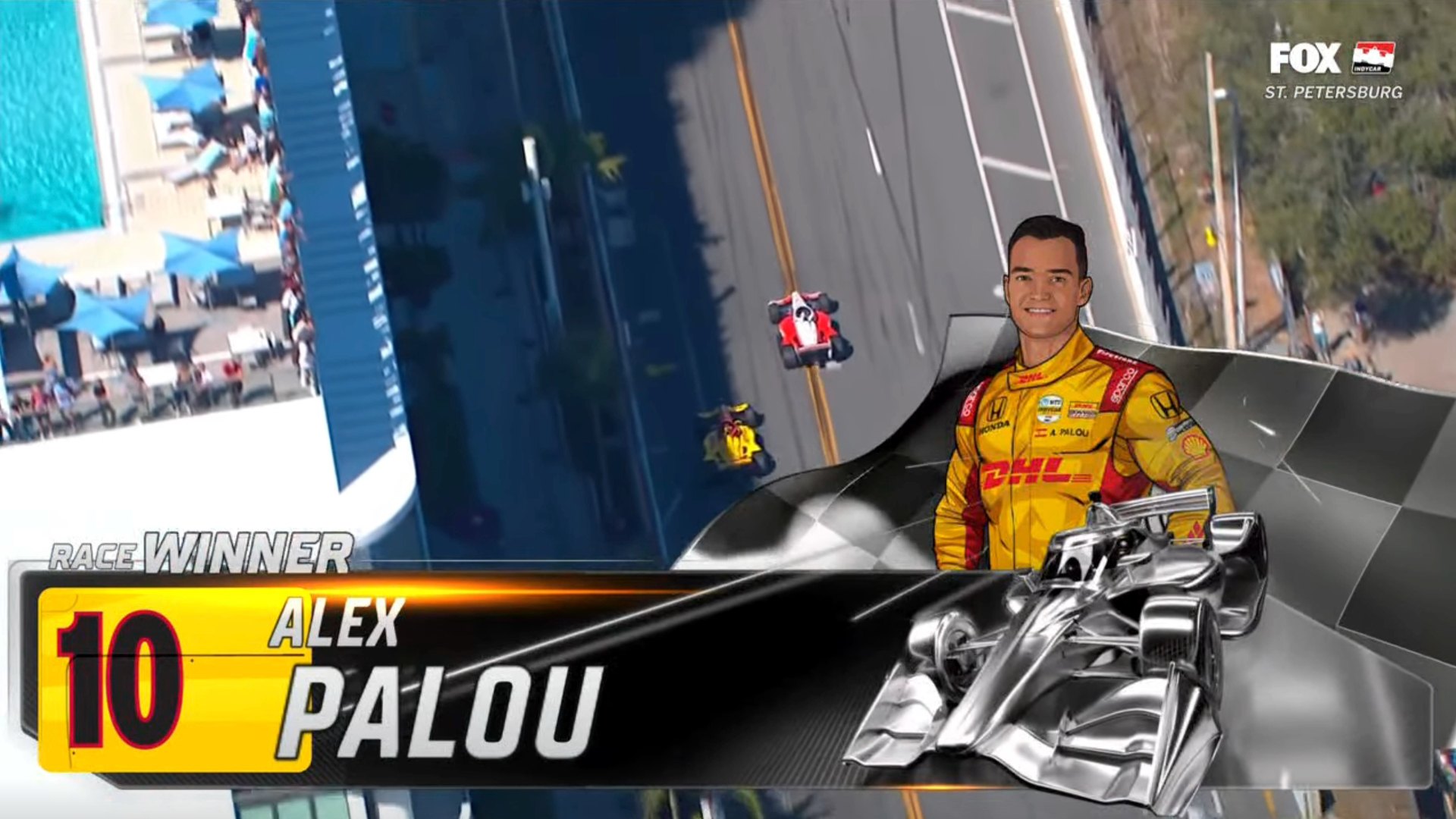
The team is building toward that late May showcase while making adjustments to match the unique aspects of IndyCar racing.
With the 109th running of the Indianapolis 500 less than two months away, Fox Sports continues to refine its “premium” presentation, banking on technology and design to engage both longtime IndyCar enthusiasts and new viewers tuning in for the first time.
“It’s a sport that we’re pretty excited about,” Fields noted. “We’re just laying the foundation now.”
Project Credits
- Gary Hartley – EVP, Creative Director
- Zac Fields – SVP, Graphic Tech/Integration
Animation
- Andrew Narayan – Art Director /Animator/Designer
- Jeremy Puttkammer – Designer/Animator/Texture Artist
- Stephen Sukowaty – Designer/Animator
- Lauren Peterson – Designer/Animator
- Brian Do – Designer/Animator
- Juan Cayamcela – Designer/Animator
- Adam Plavocos – Project Manager
- Jeff Willson – Project Manager
Insert Look
- Brian Dwyer – Viz Producer
- Aimee Nelson – Viz Operator (training, documentation, Trioshow set-up)
- Alessio Cossu – Viz Artist
- Jared Ewing – Viz Artist
- Sam Ochiuto – Viz Artist
- Woodie Deeudomchan – Viz Artist
- Noah Hammond – Production Manager
- Bill Pinkel – Director (in-charge of Viz equipment)
- Kirstie Chiapelli – coordinator (car and driver assets)
- Jake Arnold – coordinator (car and driver assets)
- Anne Turner – Production Manager
- Mark Haubner – Executive Director Software
- Etienne Laneville – Chief Software Architect
- Joshua McVey – Software Engineer
- Mark Morales – Director of Systems and Support
- Blackbox Infinite – Pylon Design and Development
Subscribe to NewscastStudio for the latest news, project case studies and product announcements in broadcast technology, creative design and engineering delivered to your inbox.


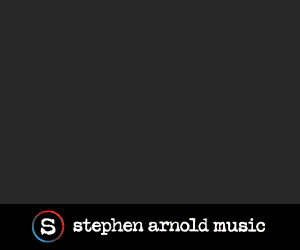
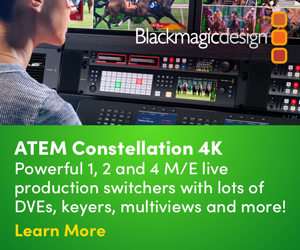
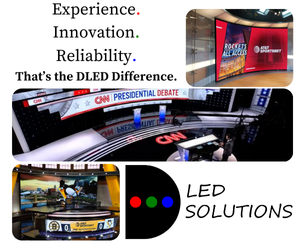
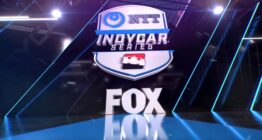

tags
Andrew Narayan, Blackbox Infinite, Fox, Fox Sports, fs1, Gary Hartley, IMS Productions, Indy 500, indycar, Indycar on Fox, motorsports, smt, Ventuz, Zac Fields
categories
Broadcast Design, Graphics, Heroes, Sports Broadcasting & Production